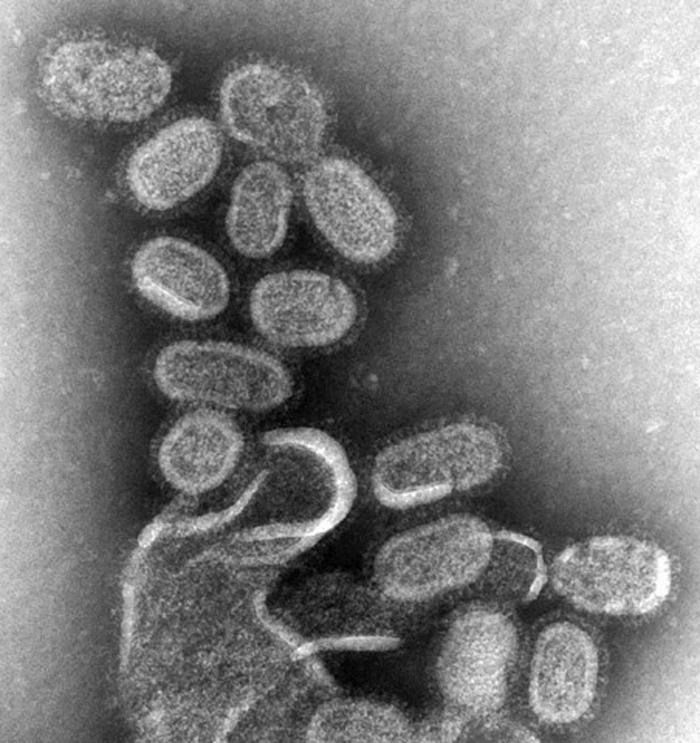A molecule designed using a computer modelling system protects against lethal doses of different flu strains, US researchers have announced this week.
Influenza infections kill more than a million people per year when the virus circulates in winter. 
A coordinated global effort by the World Health Organisation means that a vaccine is produced every year, but it's only about 70% effective.
This is because the virus frequently adapts or mutates, enabling it to side-step the protection the vaccine offers.
Anti-flu drugs, like oseltamivir (Tamiflu) are available, but the effectiveness of these agents is very limited.
To combat these problems, University of Washington scientist Deborah Fuller teamed up with a computational biologist, David Baker, who has expertise in modelling the structures of molecules.
Together, their teams identified a structure on the influenza virus surface called the haemagglutinin stem region, which is common to - and has an identical structure - in many different types and strains of flu virus. This region appears to be an Achilles heel for flu, because antibodies that target this structure can neutralise the virus.
However, making and administering therapeutic antibodies is prohibitively expensive, and waiting for a patient's own immune system to synthesise them is too slow. Moreover, some patients with immune problems, like idividuals undergoing transplants, cannot make antibodies at all, leaving them highly vulnerable.
Instead, the University of Washington researchers built a model of the haemagglutin stem region and then designed from scratch a small protein molecule - made of 97 amino acid building blocks resembling Lego bricks - that could slip, like a hand into a glove, into a grove in that region and block its normal function.
Then, having chemically constructed the first version of their molecule, they substituted different amino acid building blocks along the protein until they came up with an improved version capable of binding even more tightly to the flu haemagglutinin stem region.
Added to viruses growing in the dish, HB36.6 - as the drug was dubbed - potently neutralised a range of flu strains. More impressively, squirted into the noses of mice, the new molecule protected animals exposed to otherwise lethal doses of flu.
Given up to 48 hours before exposure, HB36.6 protected 100% of the animals. Given up to 1 day after exposure to the virus, over 60% of the animals survived.
In a head-to-head test using Tamiflu, with both drugs administered 1 day after flu infection, all of the animals given Tamiflu died compared with a 70% survival rate in the HB36.6 group.
The researchers also tested the drug on animals with a weakened or absent immune system to simulate what would happen in immunosuppressed human patients such as transplant recipients or individuals with conditions like HIV. In this situation, 90-100% of the animals survived compared with an otherwise 100% fatality rate.
Although the new agent was given via the nasal route, it's possible that the immune system could regard the drug as hostile and mount a response against it. However, tests on mice given multiple doses of HB36.6 over several weeks showed minimal immune responses against the drug protein.
The team suggest that the agent works by blocking the infectivity of viruses in the airways, preventing them from entering and hijacking cells. This, in turn, reduces the damage done to the respiratory system and also limits the intensity of the ensuing immune response, which would otherwise do further damage.
"Our results show that computationally designed proteins have potent anti-viral efficacy in vivo and suggests promise for development of a new class of haemagglutinin stem targeted antivirals," say the team in their paper, which is published this week in PLoS Pathogens.










Comments
Add a comment